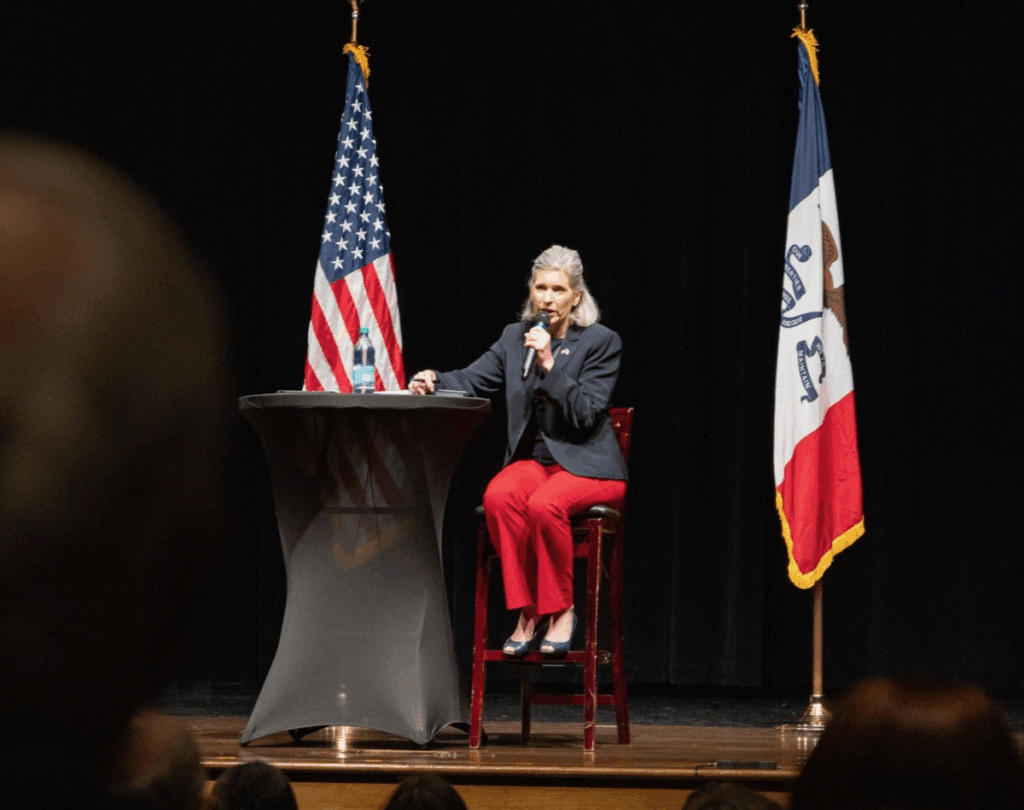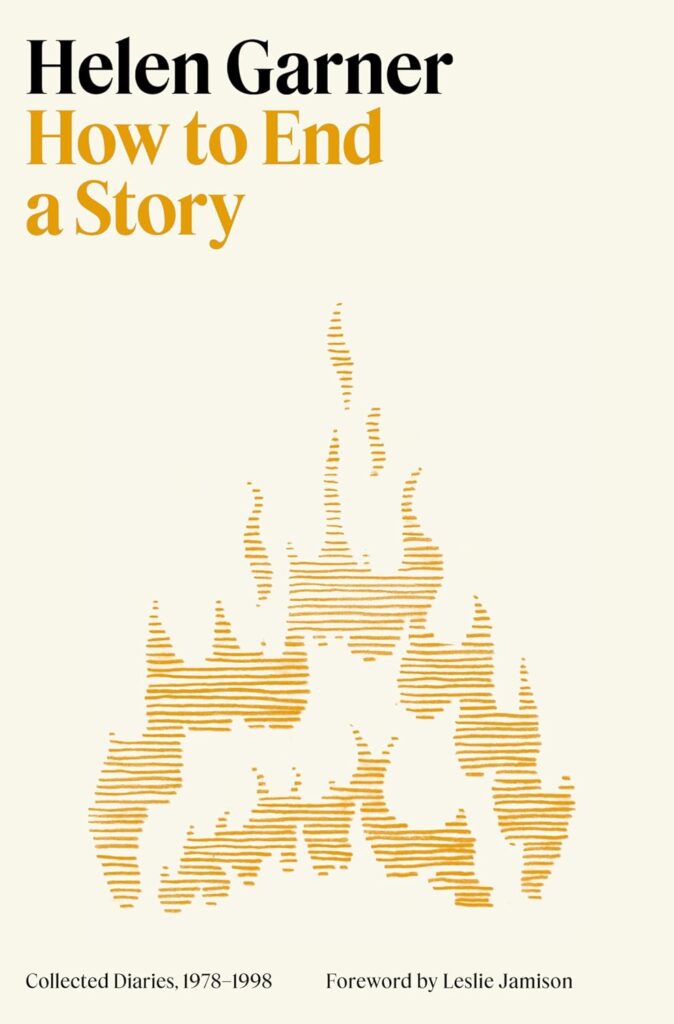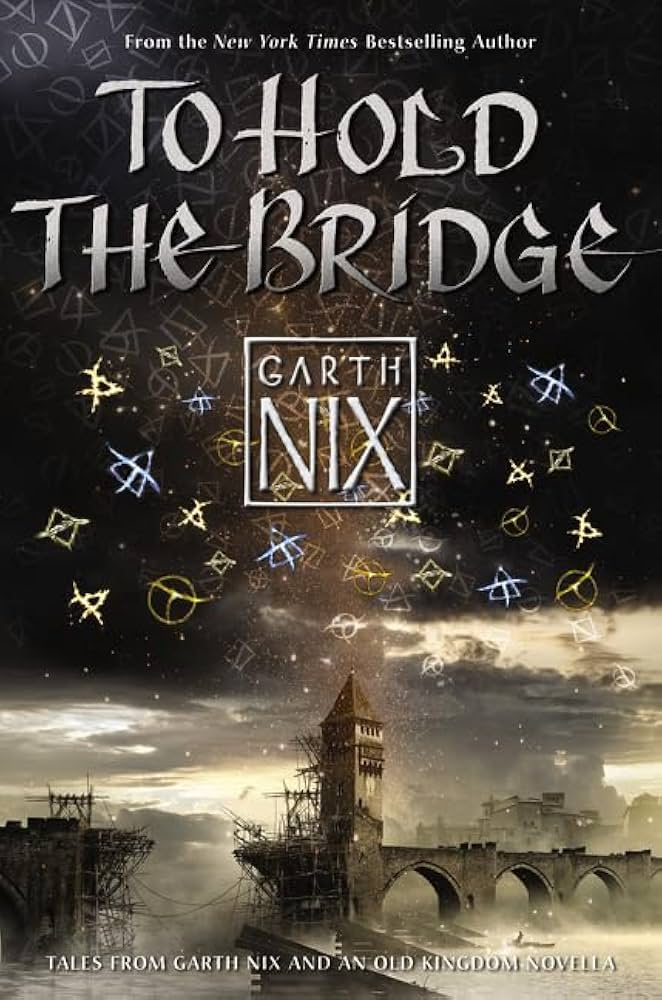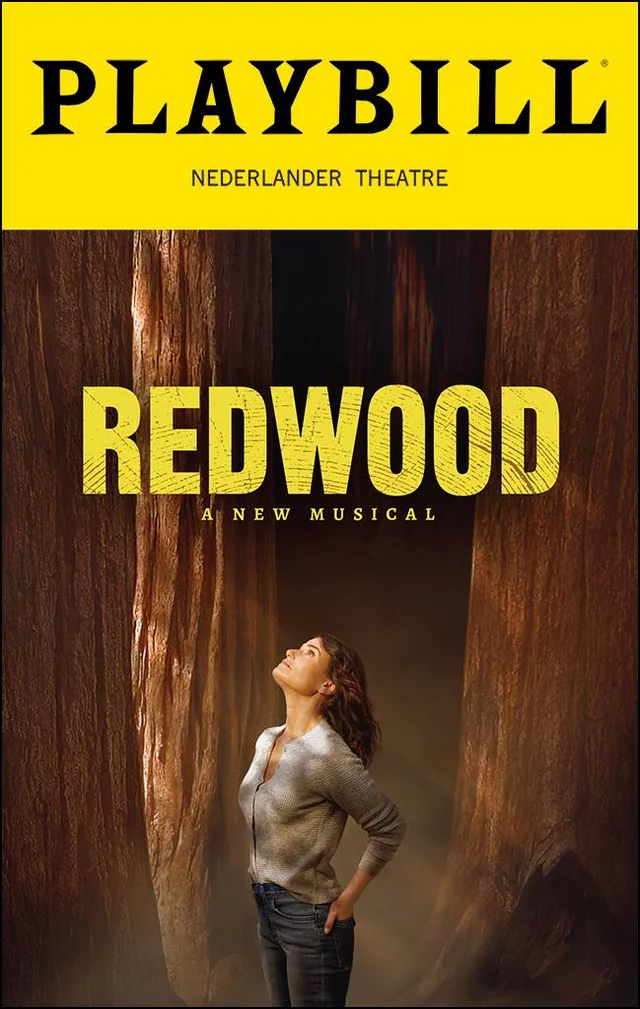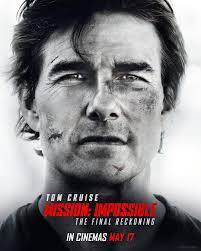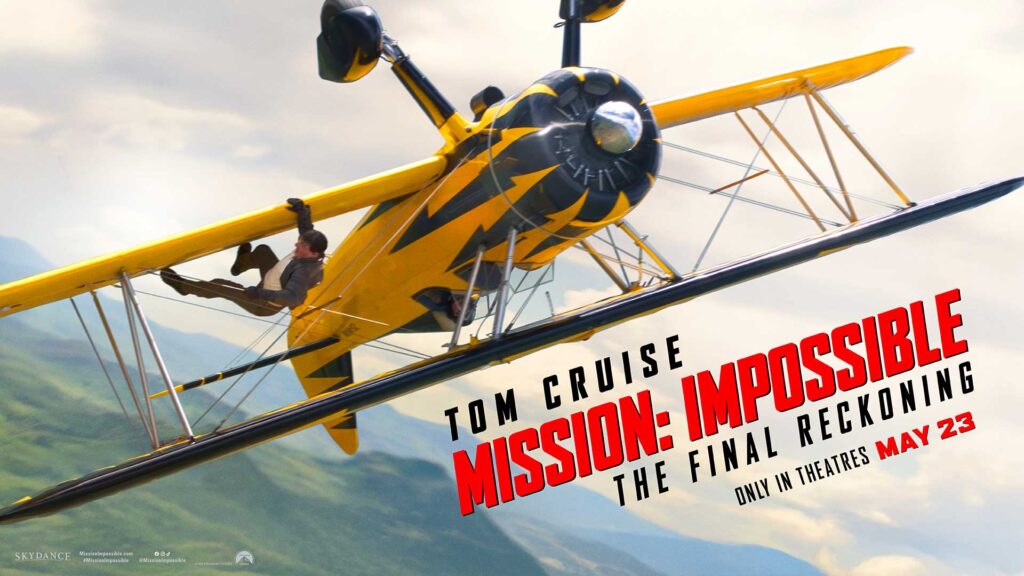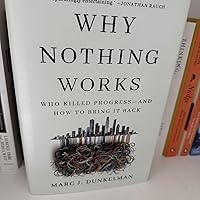
Marc Dunkelman, a fellow at Brown University’s Watson Institute for International and Public Affairs, attempts to explain why nothing works today. The United States started out as a republic with a small government. Over time, the Government grew and grew. And, as we all know, power tends to corrupt.
Trump and Elon Musk are busy slashing Government expenditures and the results are likely to be dismal. The American voter has come to rely on Social Security, Medicare, and all the other social programs that make up the “safety net.” Sure, there’s waste, fraud, and abuse in a Government that spent $6.8 trillion in 2024. But it’s just not the money, it’s the politics. Wait until current Medicaid recipients have their benefits cut or eliminated.
Dunkelman analyzes the affects of Thomas Jefferson’s notions of democracy with Alexander Hamilton’s economic plans for the new nation. That debate continues today between the Democrats and the Republicans. Right now, the GOP is winning but the consequences might show up in 2026 mid-term Elections.
The current system of Government is not sustainable over time. Social Security will run out of money in a decade. The soaring costs of Medicare and Medicaid will bankrupt us if not altered. The “kick the can down the road” political approach of both Parties has resulted in the monetary quagmire we’re in now. How are you coping with this mess? GRADE: A
TABLE OF CONTENTS:
INTRODUCTION — 1
- Servant or Master of the Public? — 25
- The Price of Progress — 59
- Bodies on the Machine — 93
- Manacling the Octopus — 125
- More Harm Than Good — 163
- No Place to Call Home — 201
- The Bridge to Nowhere — 239
- A Tragedy of the Commons in Reverse — 279
CONCLUSION: Full-Circle Progressivism — 321
Acknowledgements — 335
Notes — 339
Index — 387
